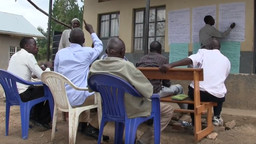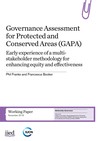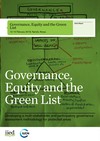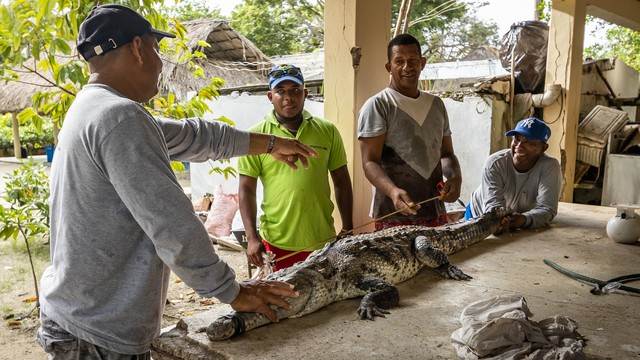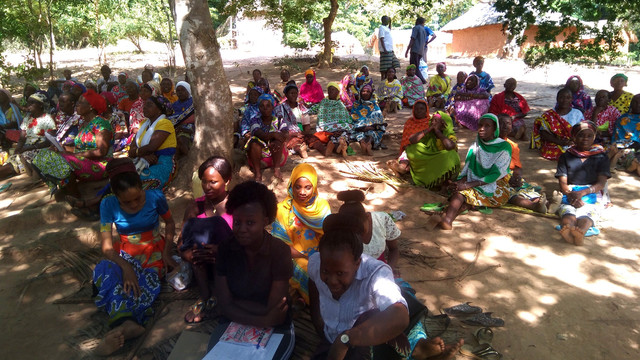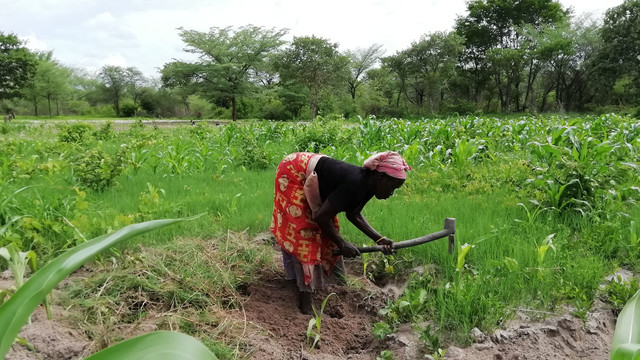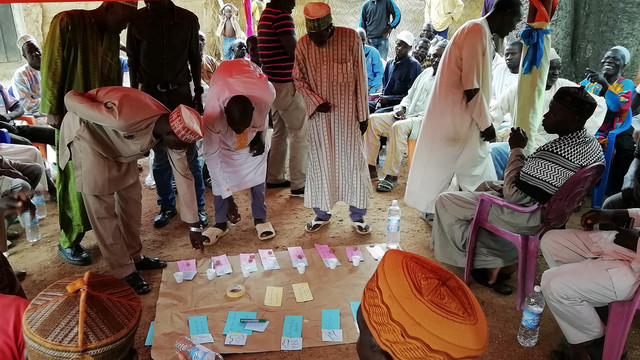Assessing governance at protected and conserved areas (GAPA)
IIED has developed and is now rolling out a relatively simple, low-cost tool for assessing the quality of governance at protected or conserved areas.

Pastoralists discuss strengths and challenges of governance at a conservancy in Kenya (Photo: Francesca Booker/IIED)
Governance assessment for protected and conserved areas (GAPA) is one of three tools for stakeholders and rightsholders to themselves assess the social impacts, governance and equity of their conservation efforts.
The other two tools are social assessment for protected and conserved areas (SAPA) and site-level assessment of governance and equity (SAGE). Guidance is available on which tool to use in which contexts. This page explores GAPA in more detail.
Background
Governance is about who has the authority to decide objectives and strategies, how decisions are made, how other actors influence these decisions, and how those with authority and responsibilities are held to account. In this context, the objectives are those of protected areas (PAs) or other conserved areas.
The importance of governance in relation to PAs was clearly recognised at the IUCN World Parks Congress in 2003, and subsequently in the Convention on Biological Diversity’s (CBD) Programme of Work on Protected Areas that was developed in 2004. More recently, the Aichi Targets of the CBD Strategic Plan state that PAs should be equitably managed.
Equity in conservation is about respect of actors and their rights; decision-making, transparency, accountability, dispute resolution and how costs and benefits are distributed – in other words largely a matter of governance. Developed by a collaborative effort led by IIED, this framing of equity was endorsed by the CBD's Conference of the Parties (COP14) (PDF) in 2018.
Substantial work has been done by the International Union for Conservation of Nature (IUCN) to elaborate the key attributes of PA governance. This includes important distinctions of governance type, and proposing governance quality principles and considerations, as well as providing guidance for conducting governance assessments. See IUCN’s Best Practice Protected Area Guidelines No. 20 on Governance of Protected Areas.
What is IIED doing?
Building on this work, IIED developed GAPA. Its first phase began in 2015 as a collaborative initiative between IIED and the Deutsche Gesellschaft für Internationale Zusammenarbeit (GIZ), and included a review of more than 100 methodologies and tools that have been used – or could be used – to assess the governance and equity of PAs.
Governance quality is otherwise commonly referred to as good or equitable governance. Based on the IUCN framework of PA governance principles, IIED has developed a framework of 11 principles of equitable governance that are relevant to PAs and other conserved areas. They include full and effective participation, recognition and respect for rights, fair and effective law enforcement, fair sharing of benefits, transparency and accountability, and effective coordination and collaboration.
Piloting of GAPA began in 2016 with sites in Bangladesh and the Philippines. Since then, IIED has worked with other partners to pilot the methodology, including IUCN. So far, the methodology has been tested at 10 sites in five countries – Bangladesh, the Philippines, Kenya, Uganda and Zambia.
In developing the GAPA methodology we have drawn on our learning from our social assessment methodology, which uses a similar multi-stakeholder process.
GAPA can be used in all types of PAs and conserved areas. This includes sites where there is governance by government, shared governance, private governance, or governance by indigenous peoples and local communities.
GAPA uses a multi-stakeholder approach to ensure that the key rightsholders and stakeholders lead the assessment, interpretation of the results and the development of recommendations for action. This approach also serves to enhance the accuracy, credibility and legitimacy of the results.
We published the first edition of a comprehensive manual for GAPA facilitators in 2019. A second phase to support wider use of GAPA is now under way.
Get in touch
Contact us to tell us where you are using GAPA, to get technical guidance on using GAPA and to find out about regional experts in your area. We’d love to hear from you. Contact Ruth Pinto (ruth.pinto@iied.org).
News and updates
Publications
Additional resources
SAPA, SAGE or GAPA? Tools for assessing the social impacts, governance, and equity of conservation, Phil Franks, Ruth Pinto (2020), Project material | en français
Video showing the governance and equity assessment process carried out by local people living around Lake Mburo National Park
Understanding and assessing equity in protected area conservation: a matter of governance, rights, social impacts and human wellbeing, Phil Franks, Francesca Booker, Dilys Roe (2018), IIED Issue Paper
Towards equitably managed protected areas: a review of synergies between protected area management effectiveness and social and governance assessment, Neil D. Burgess, Fiona S. Danks, Rebecca Newham, Phil Franks, Dilys Roe (2014), IIED Discussion paper

